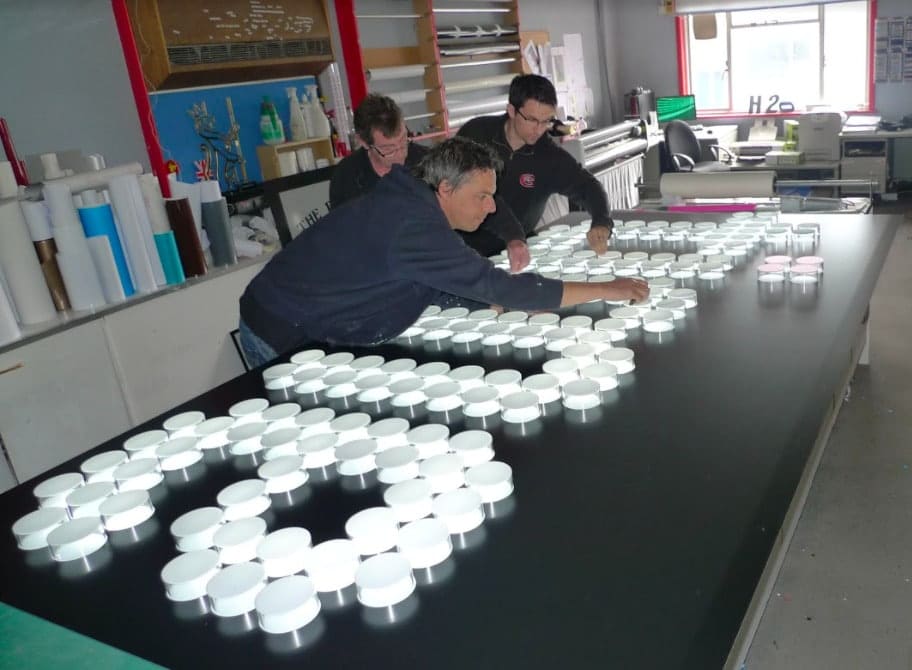Graffiti Design And Illuminated LED Signage – THEN & NOW
The story of Graffiti Design as a company is a bit of an odyssey, from tentative beginnings in a war-torn country to culminating in a multi-media enterprise in a highly digital world.
Though we started with a single jig-saw and scalpel, then evolved to cutting-edge CNC and our very own innovative Gdi TRAX system, the Graffiti Design team has always been defined by their skill, not their tools.
My name is Colin Pestell, chairman and co-founder of Graffiti Design International Ltd.
Let me tell you the story from the very beginning.
At the Beginning:
After spending a lot of his time on the Russian Convoy defending supply ships from U-Boat attack, Harry Pestell was de-mobbed from the Royal Navy in 1946. Having been conscripted into the Royal Navy at the tender age of 17, on his return to civvy street, he had no work experience or training to speak of.
He was a moderately good artist, so decided to enrol on a Painter & Decorator’s course at the Brixton School of Building. As well as gilding, wood graining and marbling, part of the curriculum was lettering. This was the start of my father’s career as a signwriter.
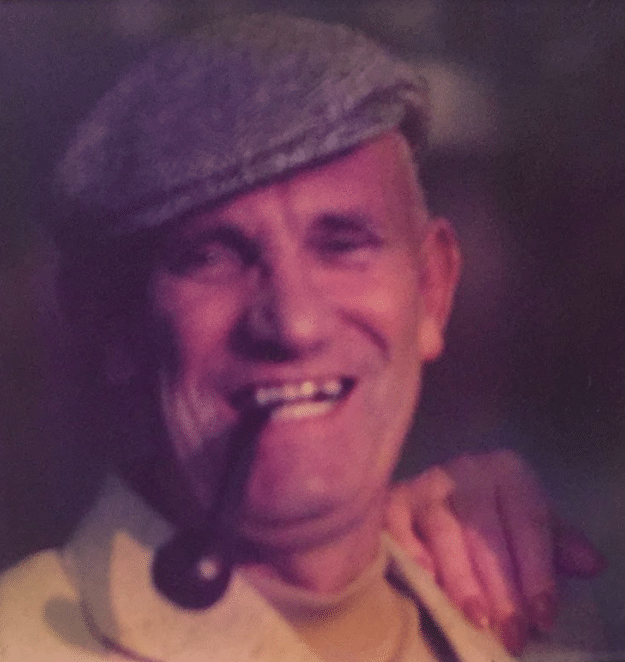
Like Father Like Son… Sometimes
Jumping forward to much later, 1954 was the year I entered the equation. My father had established himself as a self-employed signwriter and general signmaking “one-man-band”. I grew up helping out where I could: painting boards ready for signwriting, a bit of infilling and learning how to use a brand new innovative process called “wet transfer Letraset”. By the time I was 17, I knew exactly what I wanted to do when I left school. I wanted to be a signwriter, like my Dad.
I was a slightly rebellious teenager, so my father thought it better that I should attend college, rather than work as his apprentice. I ended up attending a 3-year design course at South Bank Poly. The first year went well, but after that it all went downhill. I found going down the pub and generally dossing around far more appealing.
The college eventually lost patience, and asked me leave. That left me with no grant (remember those?), nothing to do and no income. The only thing I knew anything about was signs. So, in 1976 with the purchase of an ancient epidiascope, a polystyrene cutter, a jigsaw and a very sharp scalpel, Graffiti Design Int. (Gdi) was born.
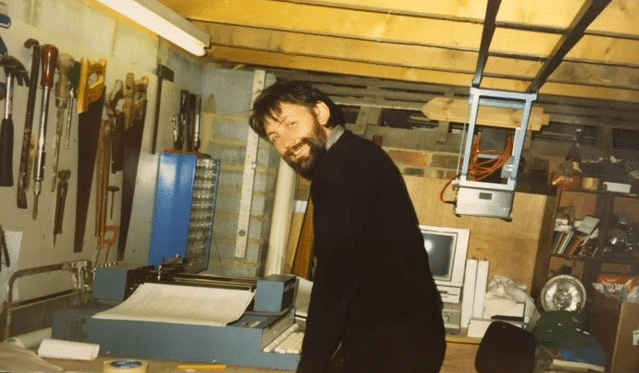
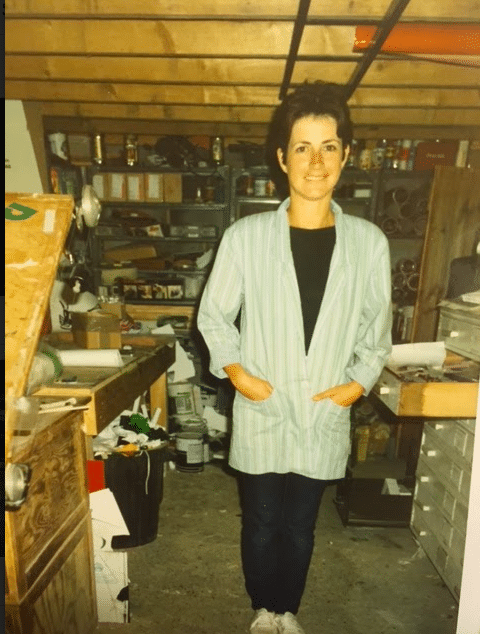
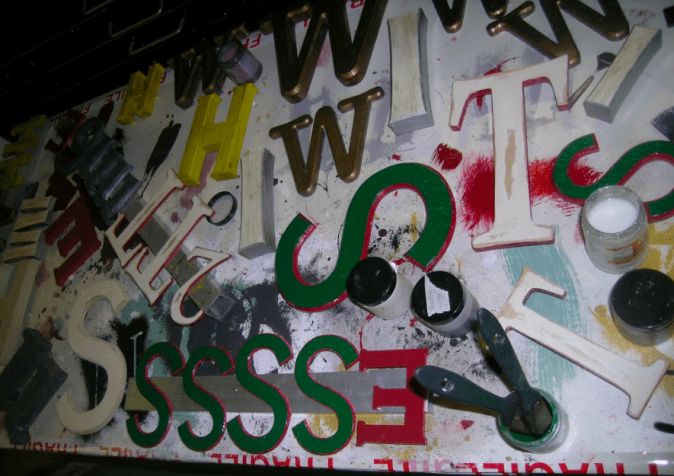
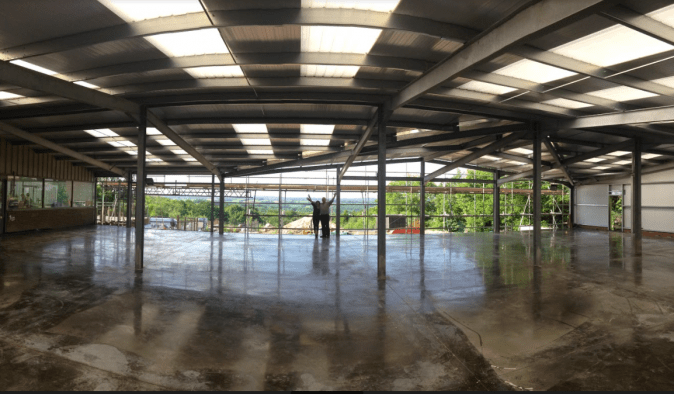
A Different Time
42 years ago, everything was hand-drawn and hand-cut. There were no computers, no CNC and no lasers. If you were lucky, you may have had a pantograph, and at least Letraset had evolved into dry transfer lettering. The hidden benefit was that there was very little to break down, but nevertheless: you had to have a good skills base to be a signmaker.
Eight years on, we were able to purchase one of the very early Gerber machines – no more hand-cutting Fablon with a scalpel! Two years further on from that, we bought our first 48 CNC machine. This meant no more jig-sawing acrylic sheet, so we were on a roll!
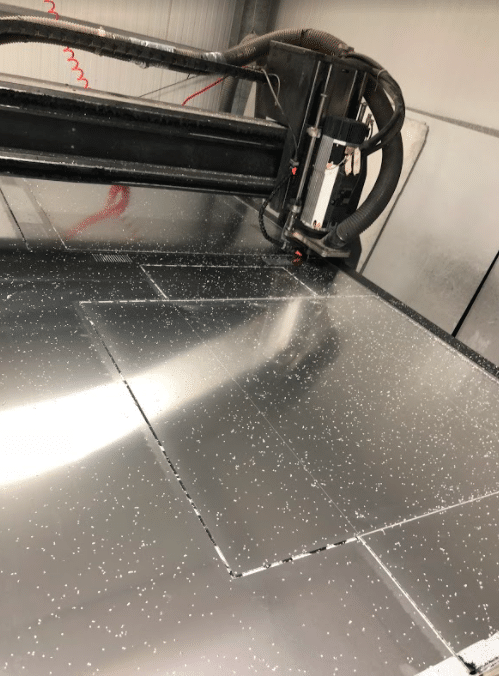
Speaking as an expert: the introduction of computer technology in signage design has made manufacture incredibly more efficient and consistent. However, elsewhere it also opened up the industry to unskilled people, resulting in a plethora of poorly-designed and made signs.
What technology gives with one hand, it takes with the other. Clearly, the advent of digital printing had a major impact on the industry, and it even could be viewed as having spawned an entirely new industry. It certainly had a detrimental effect on screenprinting, and again opened up the industry to more unskilled people.
It cannot be overestimated but it is often overlooked: how much impact the internet has had on all industry. The ability to transmit digital files all over the world for production and approval was a huge advance on fax machines and snail-mail. It massively improved turnaround, production and consistency.
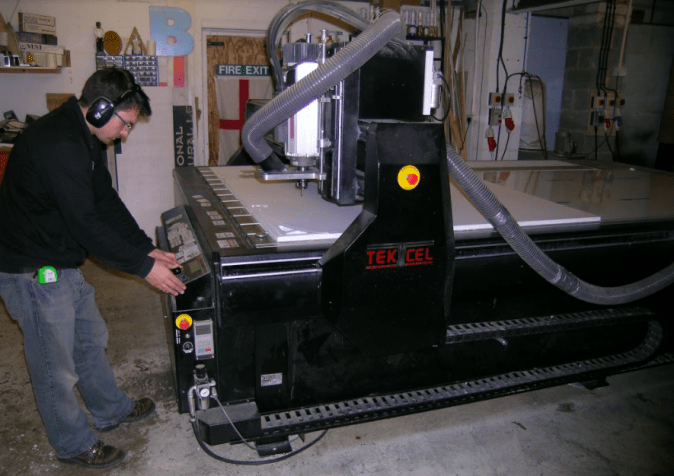
Graffiti Design and LEDs
There are many technological advances that could, and maybe should be mentioned, but the list is quite extensive, including thick coloured acrylics, letter-bending machines and 3D printers, to list but a few!
However, the introduction of LED lighting to our industry is not something that can be skipped. Smaller, brighter and more energy-efficient, white LED light bulbs have greater longevity than almost any other form of illumination.
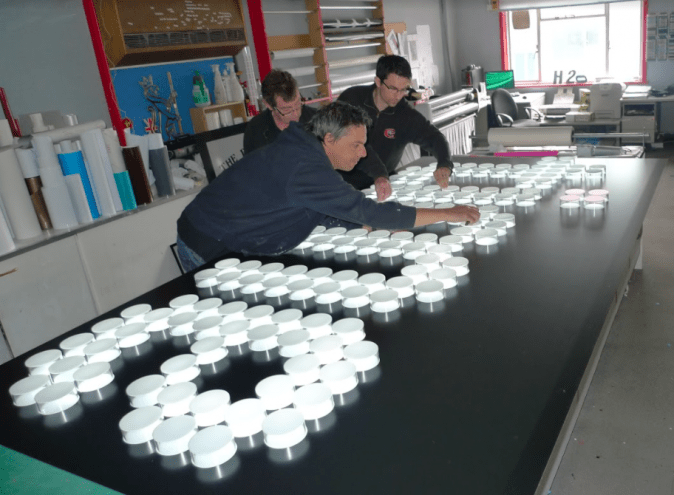
The imaginative and innovative use of various types of LED by signmakers and designers, including our Gdi TRAX system, is frankly outstanding. Long gone are the days for the need of fluorescent tubes and neon for encased lighting (although, yes, nothing quite matches the iconic look of exposed neon).
Overall, I’ve thoroughly enjoyed seeing the changes to our industry over the last 50 years, although some were great and others not-so-great. And I’m really looking forward to witnessing the technological innovations to come.
Colin Pestell
Graffiti Design International Ltd (Gdi) is a leading UK signage company based in London.
For more news and examples of our work, follow us on Instagram, Facebook or Twitter. Browse the rest of our wide range of products and services.
Liked this article? More like this:
GDITRAX: SIGN LIGHTING SYSTEM OF THE FUTURE
UNIQUE HALO LED NEON RETAIL SIGNAGE FOR UNIQUE UK RESTAURANT

